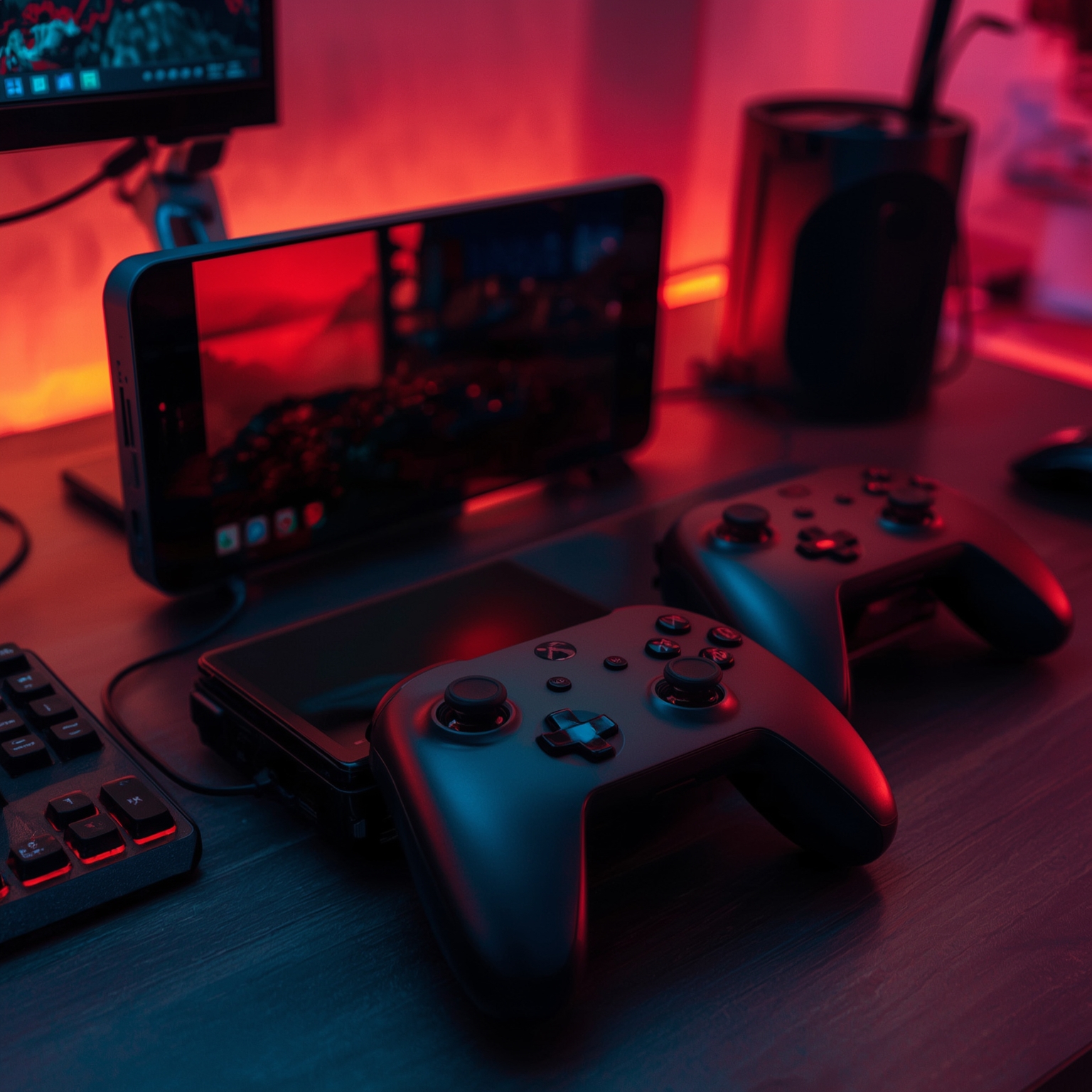The Nintendo Switch 2 has finally made its debut, ushering in the next chapter of Nintendo’s hybrid console legacy. Yet, despite all the attention the sequel is commanding, it would be a mistake to overlook the enduring popularity of the original Switch. Millions of players worldwide still rely on the first-generation device on a daily basis, which is precisely why this guide continues to focus on helping those gamers find the very best controllers available. Importantly, prospective Switch 2 owners need not worry either—most of the controllers highlighted here are fully compatible with Nintendo’s newest hardware, making them solid long-term investments.
If you’ve been using a Switch for any length of time, you’ve likely discovered that the bundled controllers—the small Joy-Cons that slot into the handheld unit—are not necessarily the most comfortable or efficient solution for extended play. While innovative in design, given their detachable functionality and ability to serve as two separate controllers for multiplayer sessions, their compact form factor can become a serious drawback for anyone with larger hands. Many users also experience fatigue after long gaming sessions or deal with the notorious issue of Joy-Con drift, in which the analog sticks begin moving on their own over time. These limitations make seeking out third-party or premium first-party alternatives an attractive option for anyone looking to enhance comfort, reliability, and long-term durability.
In this guide, we will be concentrating on wireless controllers that distinguish themselves by offering an enjoyable and ergonomic experience during prolonged gaming sessions. Some models even come with unique features intended to complement individual gaming preferences—such as customizable buttons, specialized triggers, or alternative layouts for specific genres. We will not be covering wired controllers, which largely lack differentiation and often sacrifice the convenience of wireless play simply to achieve minor cost savings.
When considering third-party controllers, however, be aware that many do not include advanced Nintendo-specific features such as HD rumble feedback, full motion sensitivity, Amiibo-compatible NFC scanning, or the ability to remotely wake the console from sleep. That said, some noteworthy exceptions exist and are highlighted in this review, particularly for players who want near-parity with Nintendo’s official offerings at a potentially lower price point.
Unsurprisingly, one of the strongest recommendations remains Nintendo’s own Pro Controller. Although its retail price has crept upward—making it a fairly expensive accessory—this model still stands tall among competitors thanks to its robust build quality, long-lasting rechargeable battery, and comprehensive set of supported features. It delivers a strong sense of responsiveness across its tactile buttons, analog sticks, and triggers, while also including HD vibration, full motion control support, and NFC scanning for Amiibo integration. Its ability to connect with multiple platforms such as PC and mobile devices, alongside its reputation for extreme battery endurance—up to forty hours on a single charge—cements its status as a top-tier choice.
For handheld-focused players, accessories like Hori’s Split Pad Compact are a godsend. Unlike the narrow, cramp-inducing Joy-Cons, these larger alternatives slot into the same rail system but provide substantial grips, fuller-sized buttons, and analog sticks designed for comfort. While they drop rumble feedback and certain advanced features, their usability for long handheld sessions makes them invaluable to players who frequently experience discomfort with standard Joy-Cons. Those looking for an experience closer to Microsoft’s popular Xbox controllers should consider GuliKit’s KingKong 3 Pro and KingKong 3 Max, which not only feature precise Hall effect joysticks (highly resistant to drift) but also customizable rear paddles, multiple vibration modes, and advanced connectivity. The Max model even adds trigger stops and hot-swappable button customization, attracting competitive players who value low input lag and versatile controls.
Third-party specialist 8BitDo also continues to impress with controllers like the Ultimate 2 Bluetooth and the PlayStation-inspired Pro 3. These models retain strong ergonomic builds while introducing advanced customization options through software, including button remapping, vibration tuning, and sensitivity calibration. The Ultimate 2 in particular brings creative features, such as shaking the controller to wake a docked Switch—a clever solution not found in most controllers. The Pro 3, meanwhile, caters to fans of Sony’s DualShock layout, making it ideal for retro games or players who prioritize an accessible D-pad and a familiar stick arrangement.
For those who simply want ultimate flexibility at minimal cost, 8BitDo even offers a compact USB adapter that allows existing Xbox, PlayStation, or other Bluetooth controllers to function as Switch controllers. While these adapters require a bit of setup effort—and familiarity with the Switch’s unique button layout—they represent fantastic value for players who already own multiple gamepads from different systems. It’s an especially useful option for households with several gamers who prefer different controllers.
We’ve also tested and evaluated other noteworthy contenders, such as CRKD’s Nitro Deck, which transforms the Switch into a more substantial handheld rig, and the GameSir T4 Cyclone Pro, a feature-rich competitor with dedicated vibration motors in its triggers. While these models offer intriguing ideas, they each have small compromises that prevent them from overtaking the top-tier recommendations. Likewise, PowerA’s themed wireless controllers remain fun and visually appealing, though they fall short in durability and feature completeness compared to the premium models.
In the end, the ideal controller for your Nintendo Switch or Switch 2 ultimately comes down to your preferred play style, budget, and ergonomic needs. Those seeking a feature-packed all-rounder for both docked and handheld play will find the official Pro Controller difficult to beat, while competitive players and customization enthusiasts may gravitate toward GuliKit or 8BitDo’s offerings. Handheld-only gamers will appreciate Hori’s Split Pad upgrades, whereas cost-conscious buyers can achieve flexibility and savings with 8BitDo’s small adapter. No matter your choice, upgrading from Joy-Cons to a more substantial controller has the power to redefine your entire gaming experience, transforming extended sessions into moments of comfort, precision, and immersion.
Sourse: https://www.theverge.com/23350899/nintendo-switch-controllers-best-wireless-joy-con-gamepad



